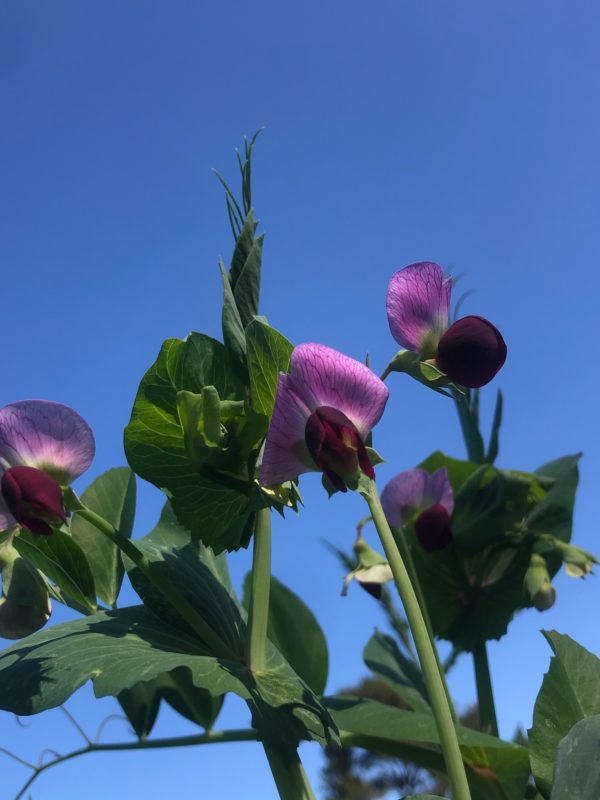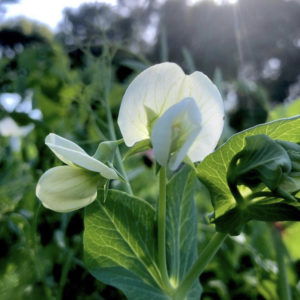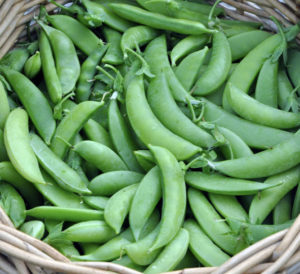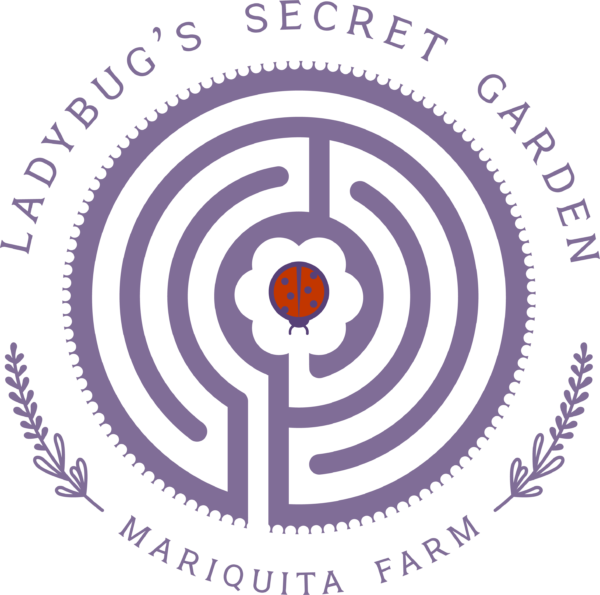What Kind of Pea?

The girl was SO insanely sensitive, and yet her morbid fragility was somehow proof positive of her nobility? I was confused. Do you remember the Princess and the Pea? As a youth, I puzzled over her story. The poor thing couldn’t sleep. She complained that she’d tossed and turned all night because of a stone in her bed, and after the palace staff pulled the bedding from the frame, seven feather comforters in all, they found that it was a single, tiny dried pea seed at the bottom that had provoked all the distress. Why were we supposed to validate this girl’s hyper-sensitivity by crowning her? Compare the Princess of the pea to Tanya Tucker, the reigning “princess” of Country Music when I was a young. “Would you lay with me in a field of stone?” Tanya sang. She was 14 at the time, a year older than I was. Now that I’m an old fart with a snail mail box full of cremation insurance offers and AARP fliers I’m not so worried about figuring women out. I find myself wondering more about the pea that caused the Princess so much discomfort. “What kind of pea was it ?” I ask myself. The answer is not obvious.
Pea Soup Andersen’s, a popular restaurant chain for travelers with locations along California’s Highway 101 as well as on I-5, bases its menu around “split-pea” soup. The pea that Andersen’s uses would be a modern variety of Pisum sativum that has been selected by plant scientists for its utility in producing dried peas. A “Split pea” is not a

Snow pea flowers
specific variety of pea.The pea plant is a “dicotyledon,” meaning that the seed is an embryonic plant that will germinate to present a pair (“di”) of infant leaves (cotyledons). A dried pea seed can be “split” into two halves, each part being a half of the starchy dicot pair that is enveloped by the hull of the seed. The Snow pea, the Sugar Snap pea, and the English pea are also varieties of Pisum sativum developed for use as fresh vegetables, but you could let their seeds mature on the vine until dry, then “split” them and make them into soup too, if you wanted or needed to.
 So the controversy can’t be resolved at the moment. For the last couple of weeks we’ve been enjoying snap peas. This week we begin the English Pea harvest. We even have planted a crop of Chickpeas, and we’ll see how they do. Peas of any kind are an important crop for the farm because they are legumes. Legume species have the important ability to capture unusable atmospheric nitrogen and convert it into a form that plants can use as fertilizer. Legumes have a symbiotic relationship with a bacteria that infect the roots of the host plants and pay for their stay taking in and digesting nitrogen gas, then excreting it in a form that is available to the plant. That’s pretty “magical,” if you ask me. We grow peas to feed you, but we also plant peas in our cover crops to feed the soil so that we can keep farming the land happily ever after.
So the controversy can’t be resolved at the moment. For the last couple of weeks we’ve been enjoying snap peas. This week we begin the English Pea harvest. We even have planted a crop of Chickpeas, and we’ll see how they do. Peas of any kind are an important crop for the farm because they are legumes. Legume species have the important ability to capture unusable atmospheric nitrogen and convert it into a form that plants can use as fertilizer. Legumes have a symbiotic relationship with a bacteria that infect the roots of the host plants and pay for their stay taking in and digesting nitrogen gas, then excreting it in a form that is available to the plant. That’s pretty “magical,” if you ask me. We grow peas to feed you, but we also plant peas in our cover crops to feed the soil so that we can keep farming the land happily ever after.—© 2021 Essay and Photos by Andy Griffin.
~Special Note~
As the weather is getting warmer, the sun is rising earlier and the harvesting begins with the sunrise, we will be closing our East Bay/Peninsula shop by 6 PM on the Wednesday evenings before the Friday delivery. We close our San Francisco & Mystery Thursday shops on Wednesday mornings by 8 AM and our Santa Cruz/Los Gatos shop by 8 AM, on Monday mornings. Please get your orders in early so you don’t miss out on the harvest! Thank you all again for being such a part of our bountiful farm!
If you haven’t ordered a Mystery Box recently, now is a great time to get in on spring deliciousness! LadybugBuyingClub


